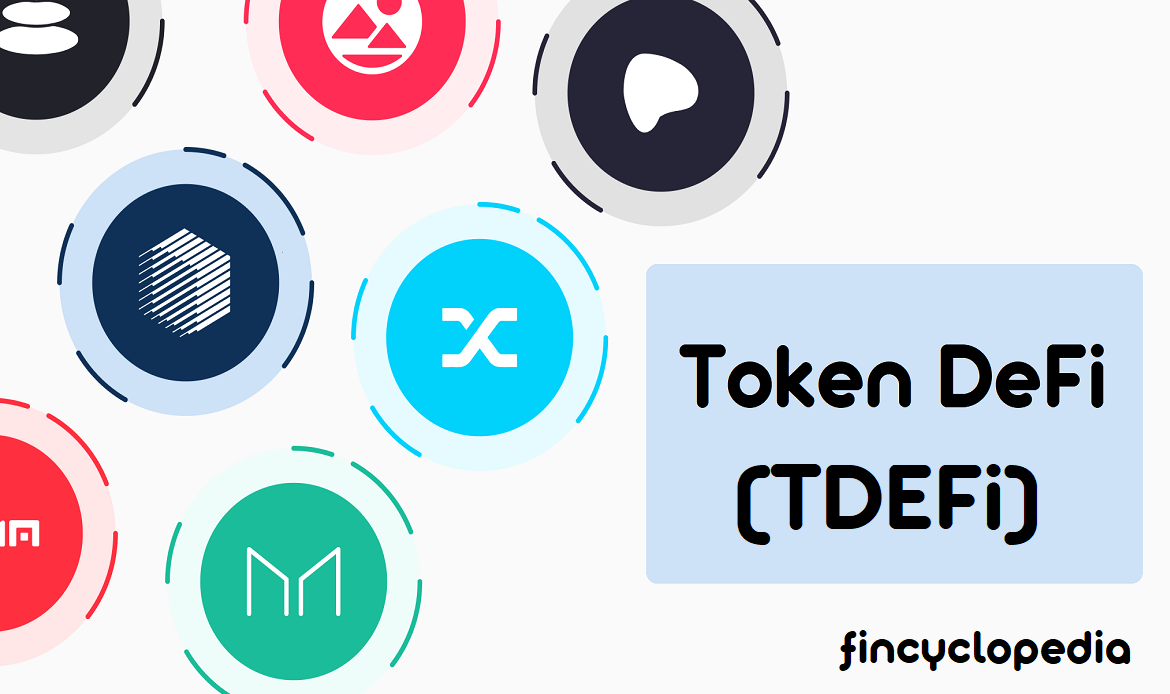Equity represents an ownership interest in property, assets, ventures, investments, etc. Equity relates to assets owned either by an entity or a person (an investor, accountholder, etc.)
In accounting, equity refers to the difference between an entity’s assets and liabilities (the value of assets minus the value of liabilities) for a specific period of time (in which case, equity is known as shareholders’ equity or owners’ equity). In other contexts, equity may also imply the amount of own funds held in an account (e.g., a brokerage account) to establish or maintain a position in the market. In this sense, it constitutes the excess of securities over debt balance in a margin account.
On the other hand, capital is a term broader than equity, as it constitutes all different forms of financing including equity and debt (equity capital and debt capital). Generally speaking, capital (financial capital) is all saved-up financial wealth which is deployed for the purpose of starting or maintaining a business or business venture. Capital is used to finance an entity’s establishment and operations for profit making or other objectives (providing specific services). For an entity, capital consists of internal (equity) and external sources (debt), and hence it comes at a cost, being the dividends paid to equity holders (among other benefits, and residual interest) and interest paid to creditors (lending investors).
In a nutshell, capital is a broader concept that also includes, but is not limited to, equity. It may also take the form of working capital and resources available for trading (trading capital).
In loose terms, capital may refer to all types of property or assets (equipment, real estate, monetary assets, etc.) However, in technical terms, capital is the financing side that supports the holding or acquisition of different types of assets, in addition to financing of operations and activities.







